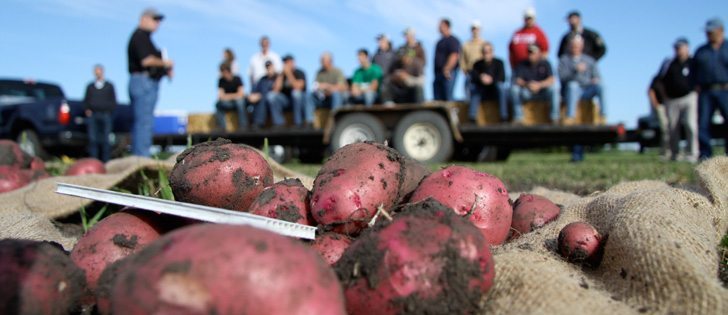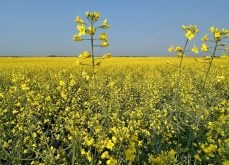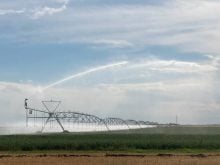CARBERRY, Man. — Manitoba potato producers will likely harvest an above average crop this year, says a provincial potato specialist.
That’s despite record temperatures and arid conditions in July that pushed irrigation systems to their limits.
Following a tour of potato research plots at the Canada-Manitoba Crop Diversification Centre north of Carberry, Man., Manitoba Agriculture potato specialist Brian Wilson said the province’s spud crop has good yield potential.
“Even with the challenges we’ve had this year, we’re probably going to end up with an above average crop from a yield standpoint.”
Read Also

Alberta researcher helps unlock the economics of farming
Lethbridge Polytechnic researcher helping agriculture producers with decision-making tools in economic feasibility
Considering the heat and the early planting this spring, the 2012 growing season presented unique conditions for Manitoba’s potato producers, said Andrew Ronald, an extension agronomist with the Keystone Potato Producers Association.
Ronald told the field day that Manitoba crops were hit by “heat, heat, heat” this year.
The thermometer at Carberry exceeded 30 C 23 times between May 1 and Aug. 15. The temperature at Carberry normally rises above 30 C only eight times in that time period based on the 10-year average.
Combined with a lack of rain in July, the extreme temperatures forced potato producers to irrigate much more than usual. For instance, in one blistering week in July, producers needed to add more than 1.75 inches of water over seven days to satisfy the crop’s moisture demand.
Many producers were able to irrigate sufficiently but others couldn’t keep up, Wilson said.
In certain areas of Manitoba, potato growers rely on retention ponds that collect water from spring runoff, Wilson said.
“Because we didn’t have a lot of snow last (winter), there are some producers that ran into the problem this spring that they couldn’t fill their retention pond.”
In other cases, producers may have small irrigation systems that can apply only one to 1.25 inches of water per week.
Wilson said they can’t keep up if water demand is an inch and a half or more per week.
A lack of water also affects the shape of potatoes.
















